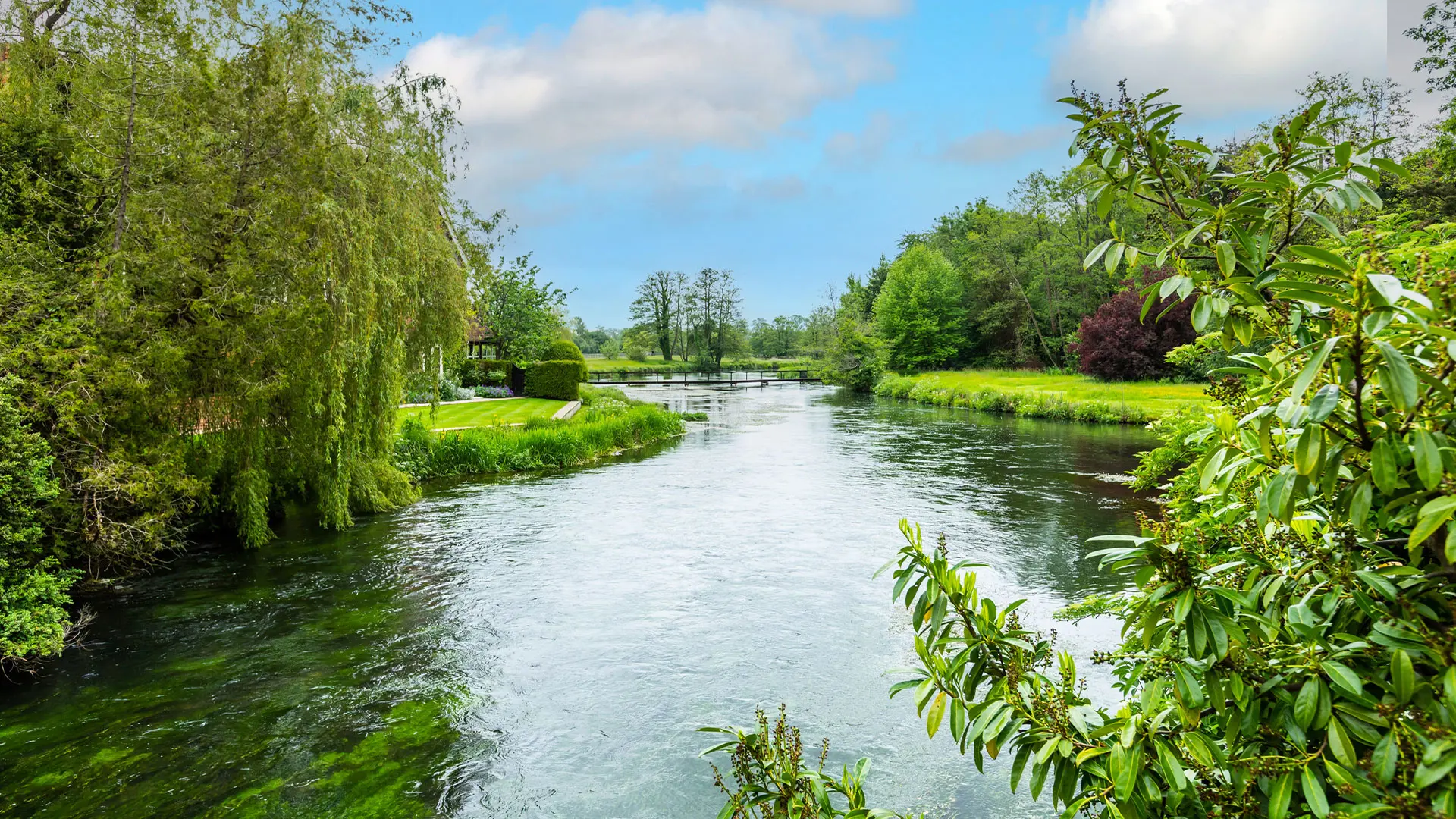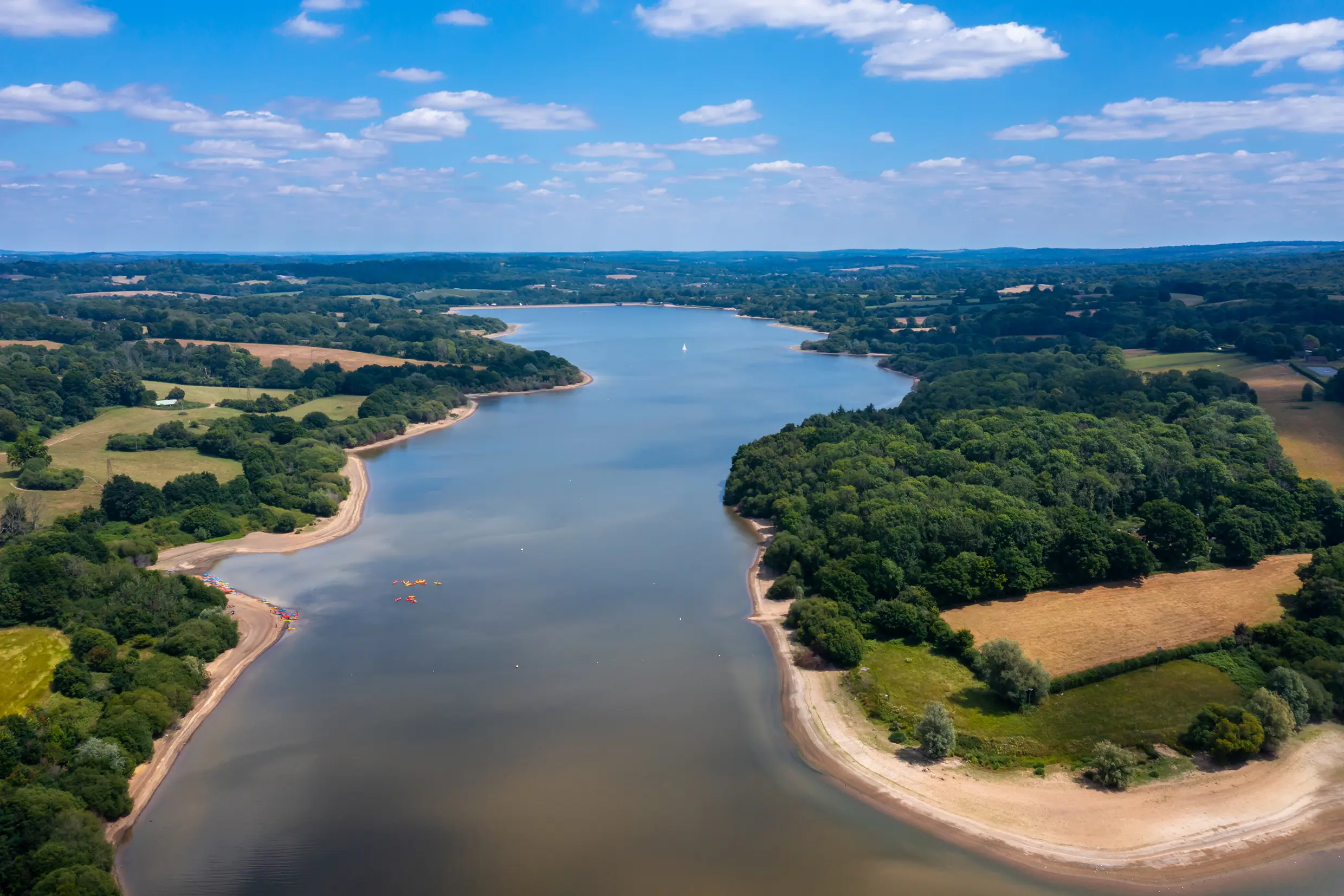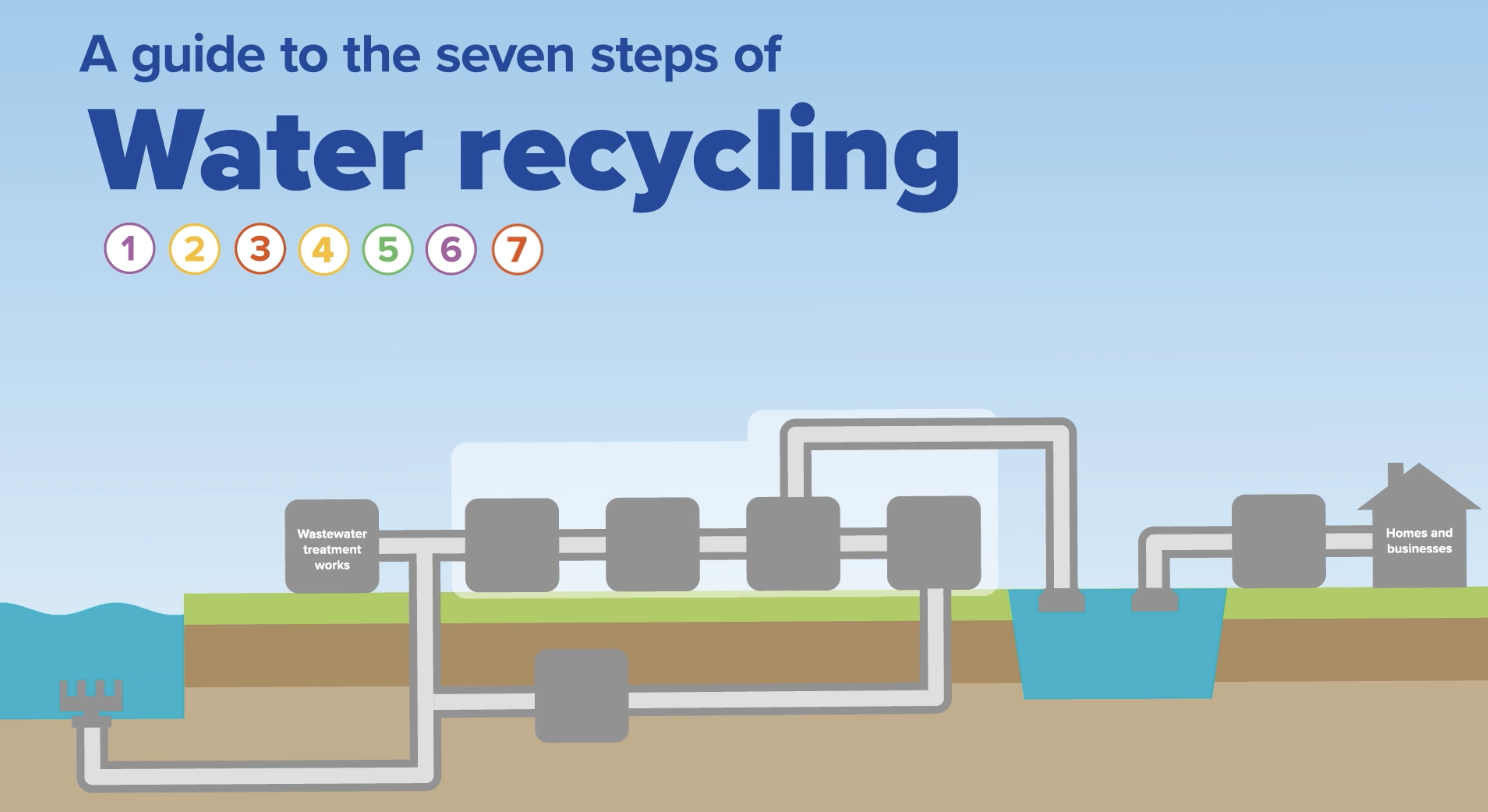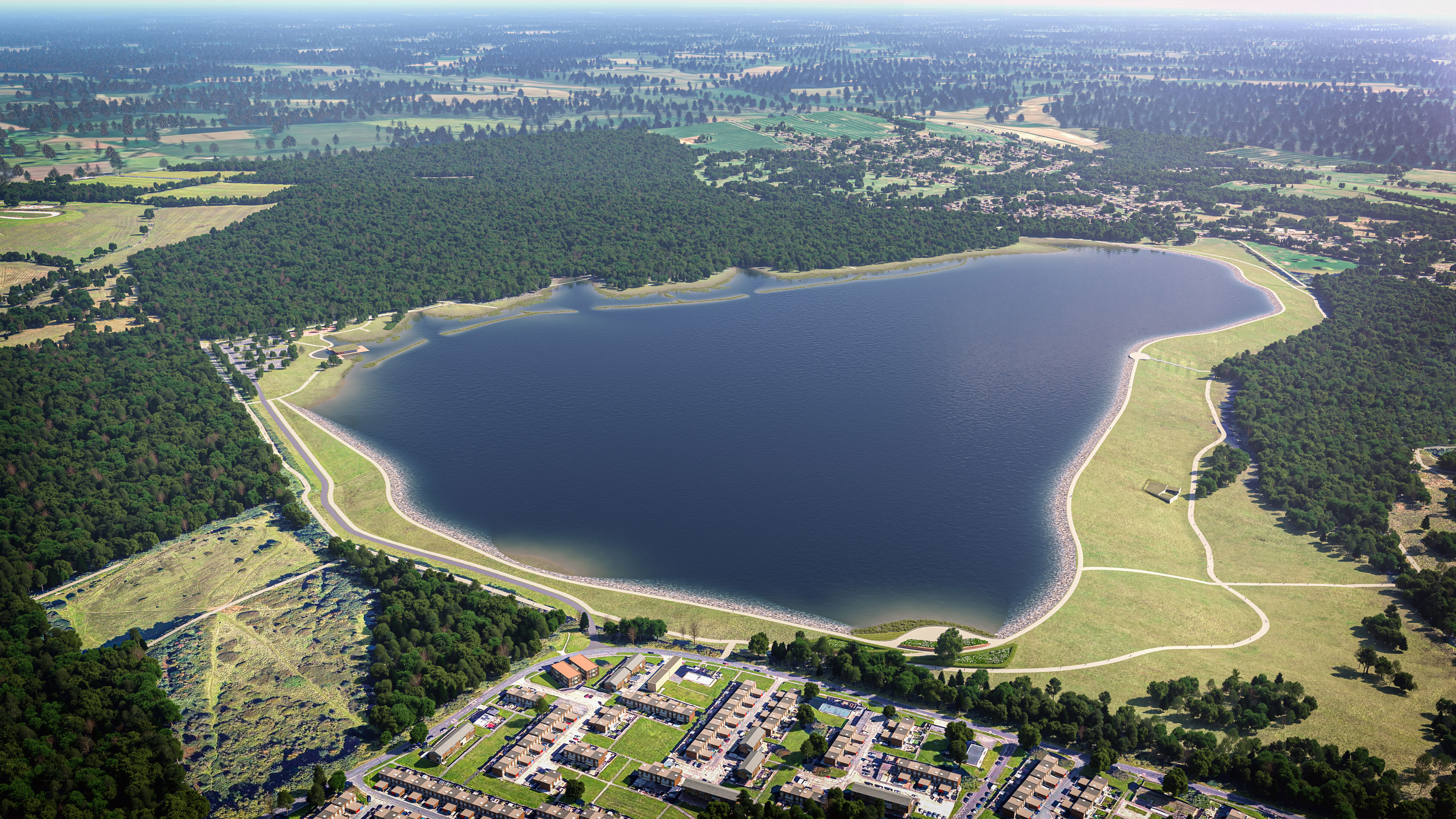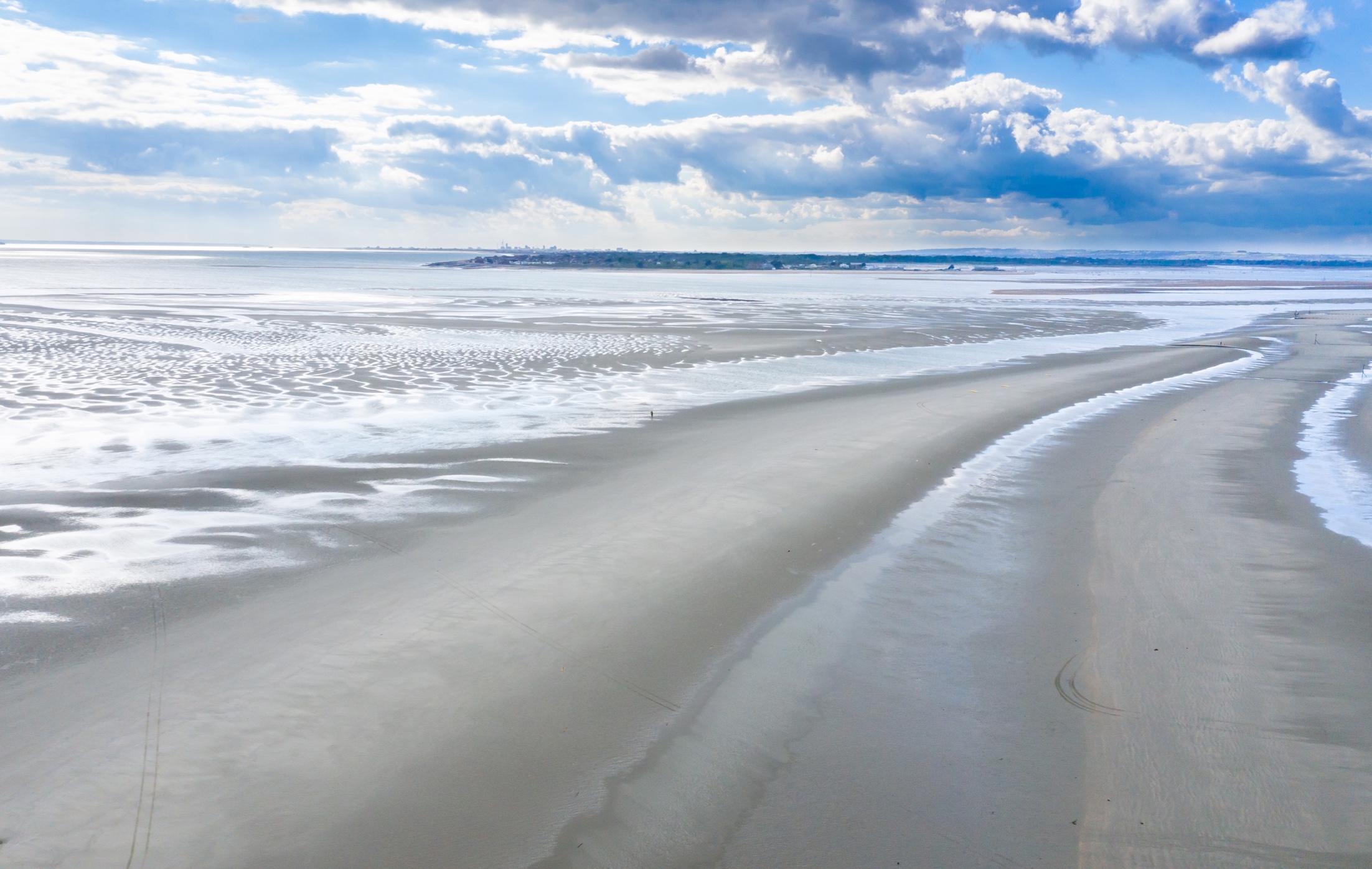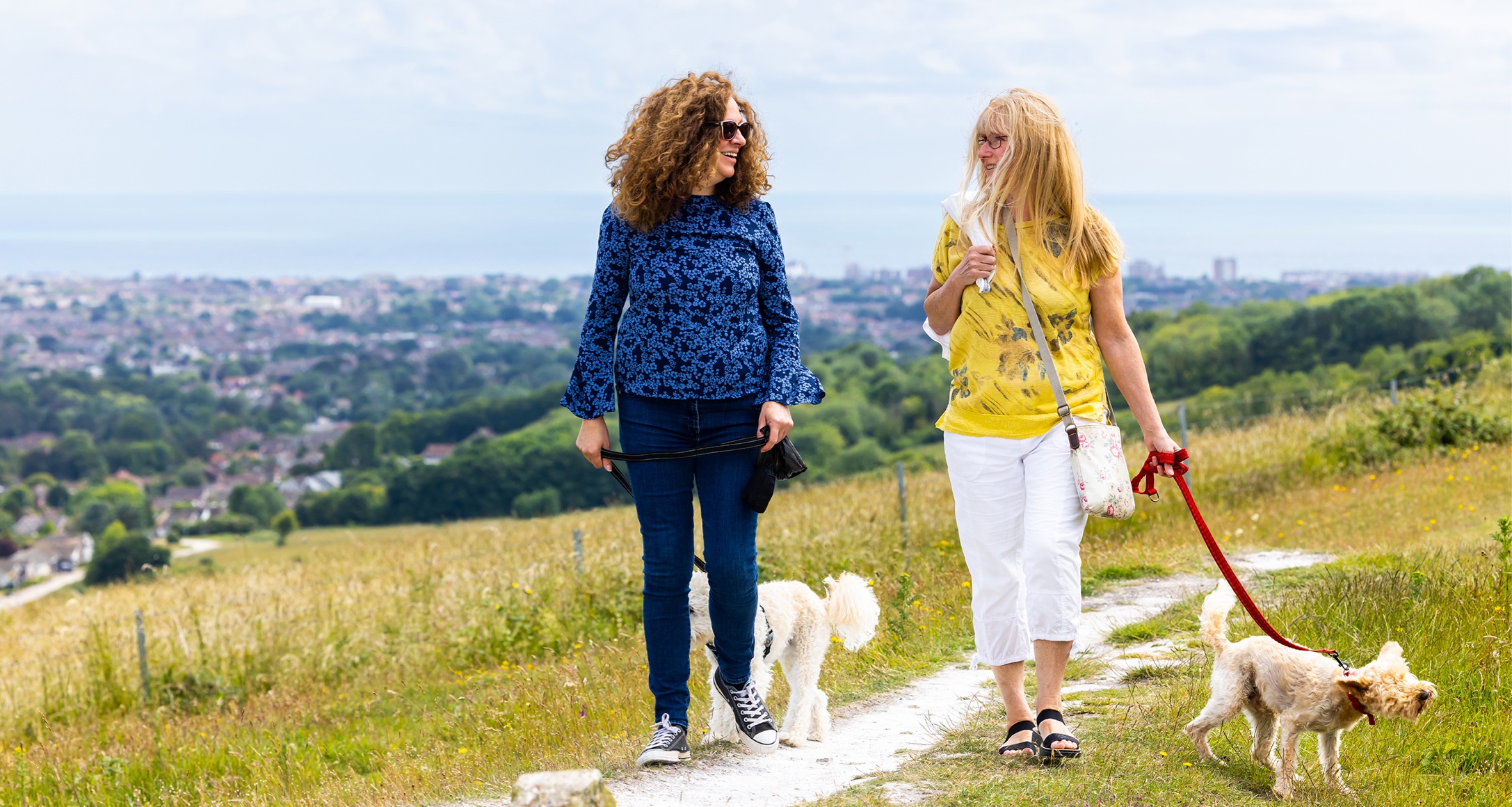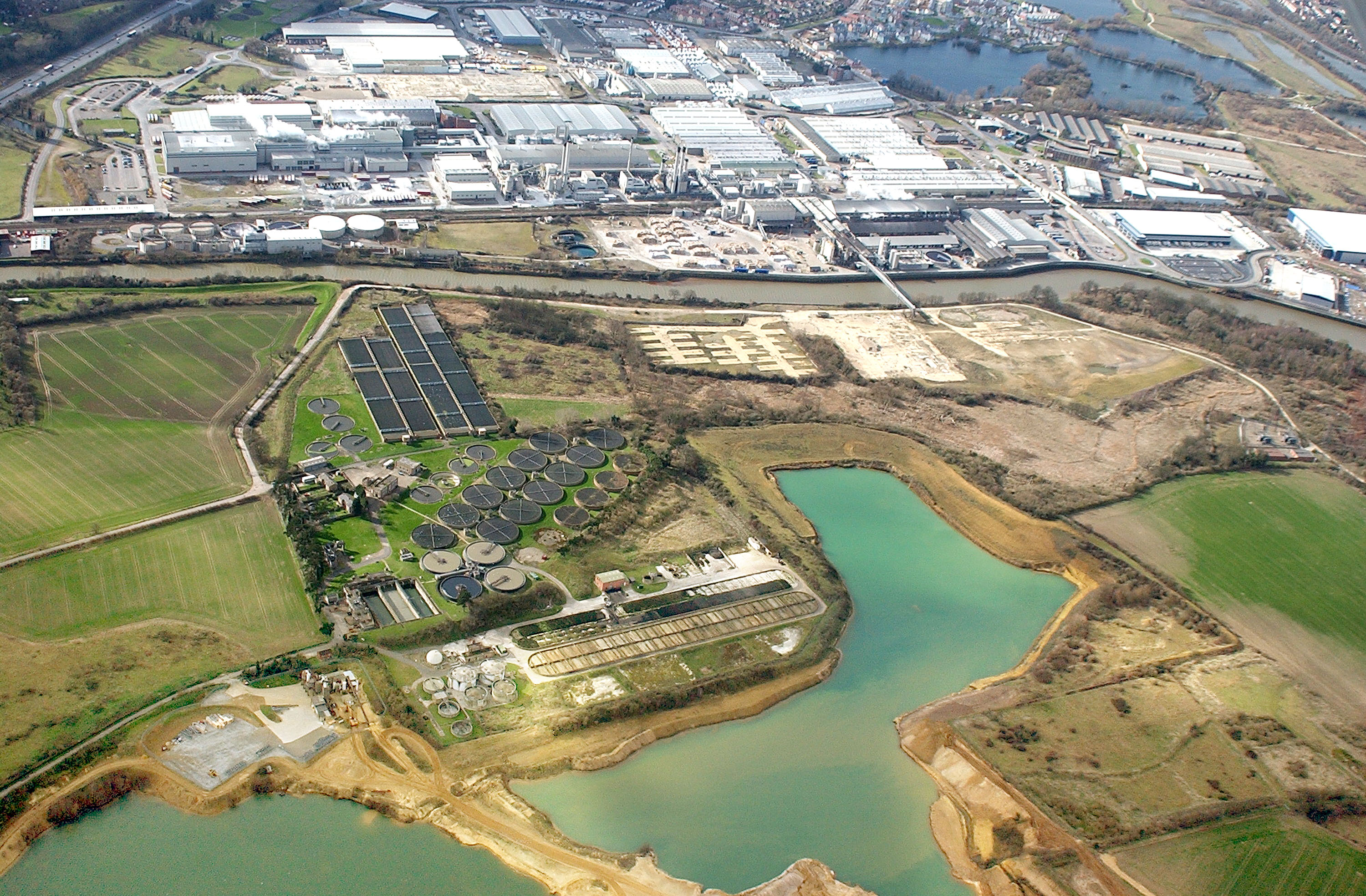Water recycling around the world
Recycled water is a safe source of drinking water which is widely used in other parts of the world including Australia, Singapore, the USA and Sweden. The global water recycling map shows every water recycling project across the world.
Our regulators recognise water recycling is an important part of future water supplies – see what the Drinking Water Inspectorate has to say on the matter.

